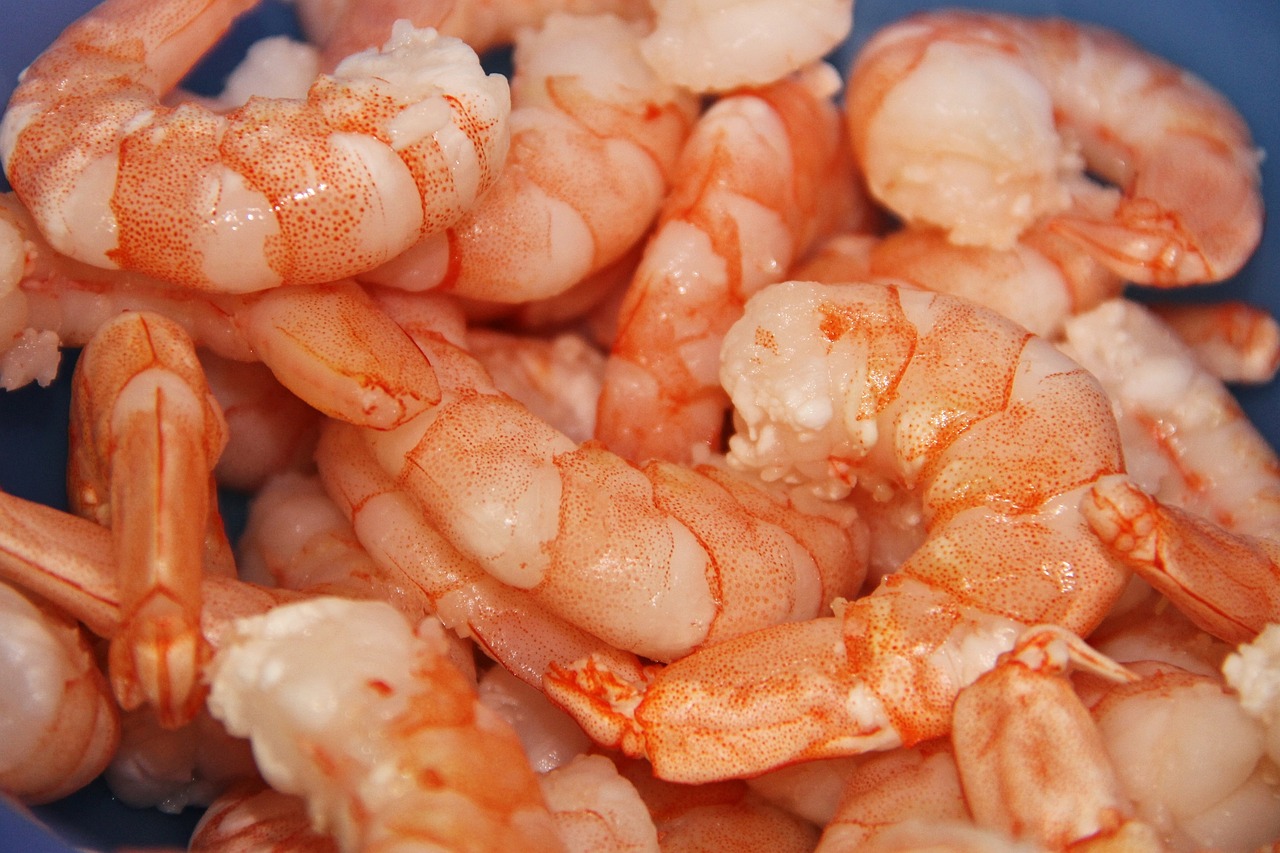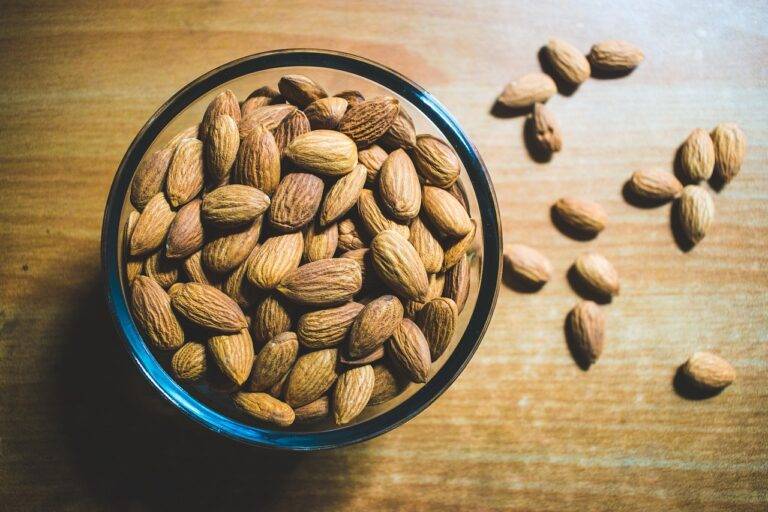The Role of Food in Cultural Identity: Exploring Heritage Cuisine
Traditional dishes hold a special place in the hearts of many cultures around the world. These culinary creations are more than just food; they are a representation of history, culture, and identity. Passed down through generations, traditional dishes embody the skills and techniques of our ancestors, preserving their way of life and ensuring that their legacy lives on through our palates.
The flavors and ingredients used in traditional dishes are not merely chosen at random but are often deeply rooted in historical significance and seasonal availability. Each dish tells a story, reflecting the traditions, beliefs, and values of the community from which it originated. Furthermore, traditional dishes serve as a reminder of our roots and act as a symbol of unity, bringing people together to celebrate and honor their shared heritage.
Traditional Cooking Techniques Passed Down Through Generations
Traditional cooking techniques are often guarded treasures passed down through generations within families and communities. These culinary methods not only preserve cultural heritage but also showcase the deep-rooted connection between food and tradition. From the meticulous preparation of ingredients to the time-honored cooking processes, each step carries a legacy of flavors and aromas that transcend time.
The art of pounding spices with a mortar and pestle, slow-simmering stews over an open flame, or fermenting foods for preservation are just a few examples of traditional cooking techniques that have stood the test of time. These methods require patience, skill, and a deep understanding of ingredients, resulting in dishes that are not only delicious but also reflective of history and identity. As modern culinary practices continue to evolve, the importance of preserving and passing down these age-old techniques becomes increasingly significant in maintaining cultural authenticity in food preparation.
Why is it important to preserve traditional cooking techniques?
Preserving traditional cooking techniques helps to maintain cultural identity, passing down valuable knowledge and skills from one generation to the next.
How do traditional dishes connect us to our roots?
Traditional dishes are often tied to specific regions, communities, or families, serving as a reminder of our heritage and history.
What are some examples of traditional cooking techniques that have been passed down through generations?
Examples of traditional cooking techniques include fermenting, curing, smoking, and slow cooking methods that have been used for centuries to create delicious and unique dishes.
How can we ensure that traditional cooking techniques continue to be passed down in today’s modern world?
By actively learning and practicing traditional cooking techniques, supporting local artisans and producers, and sharing recipes and knowledge with future generations, we can help to ensure that these valuable traditions are preserved.
What are some benefits of cooking with traditional methods?
Cooking with traditional methods often results in dishes that are more flavorful, nutritious, and environmentally sustainable, as they rely on natural and simple ingredients and techniques.





